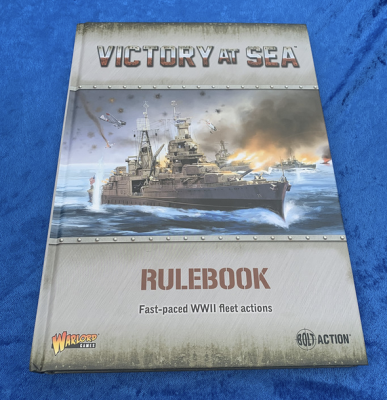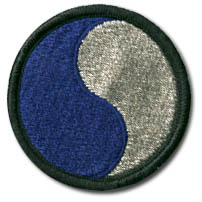 By Troy Hill
By Troy Hill
Many years ago, when I was a wee university gamer lad, I witnessed a spectacle I’d never seen before. The student union’s grand ballroom taken over by fleets of model ships, model planes on stands, torpedos, and gents with reams and notebooks full of charts and graphs, and even several pocket protectors full of colored pencils.
They were playing Fletcher Pratt’s Naval Wargame in large scale in a game that took almost two and a half days. It was a daunting first exposure to naval wargaming. One that kept me out of that genre of the hobby until John Stallard and his crew at released .
Warlord’s newest addition to their WWII line up premiered in the midst of the world’s lock-down during the pandemic. Our own local gaming scene was mostly socially distanced games in people’s garages or basements, so I didn’t worry about investing the time nor fund in the game. Until now.
Now I’m interested in , and just received my hardcover rulebook.
Before I decided whether to invest in yet another game (Warlord keeps putting out good ones, and my mountain of minis keeps growing) I wanted to read the rules, see the various fleets.

![[29th Infantry Division: Normandy landing]](https://www.lonesentry.com/gi_stories_booklets/29thinfantry/pics/29infdiv_pg6.jpg)

 By Troy Hill
By Troy Hill